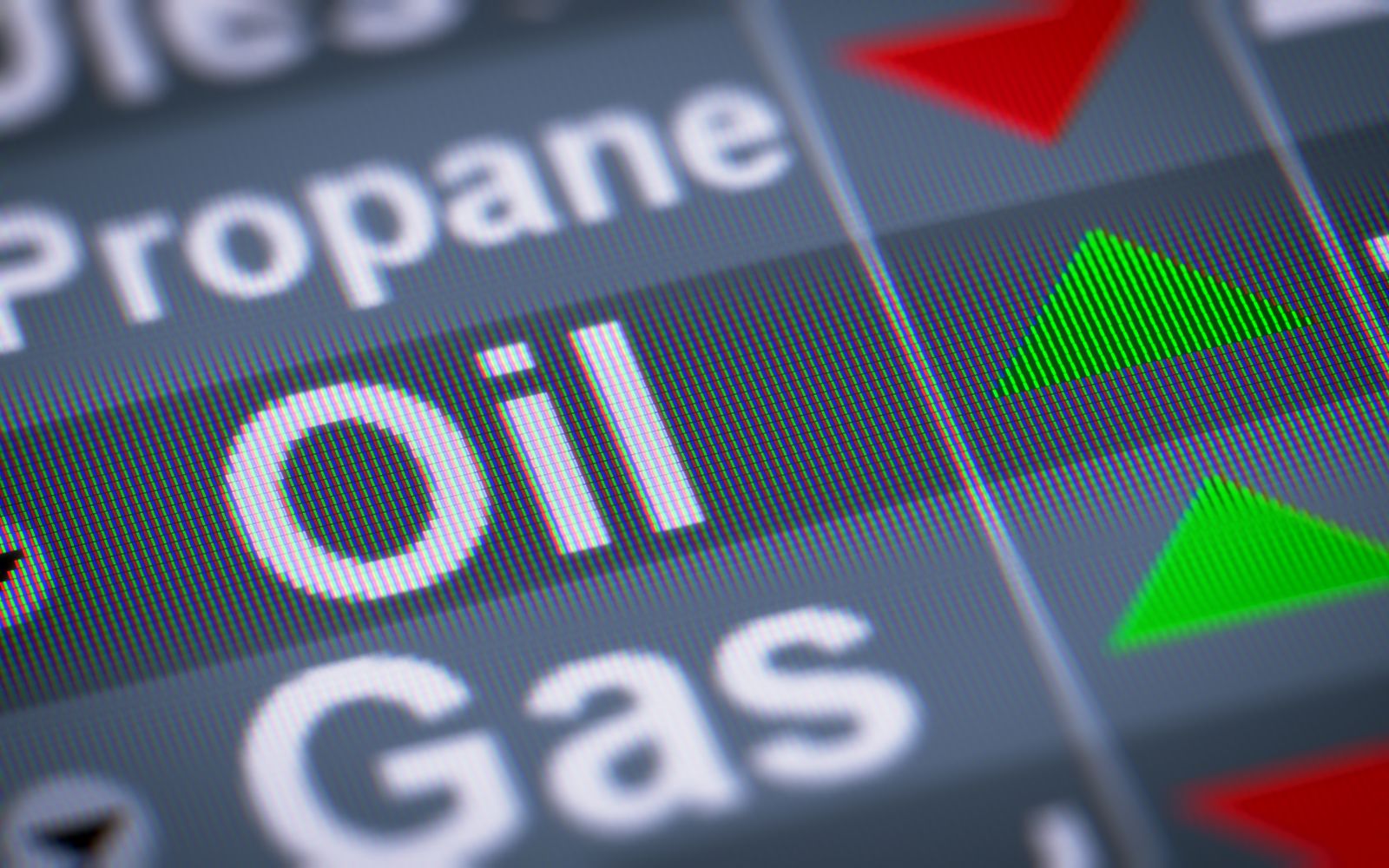
While green energy initiatives slowly move parts of the world away from fossil fuel production and consumption, crude oil remains the energy commodity dominating power production.
Crude oil is a highly volatile energy commodity. In 2020, the price of nearby NYMEX WTI crude oil futures fell below zero as there was nowhere to store the petroleum as the pandemic gripped markets. In 2022, Russia’s invasion of Ukraine caused the price to rally over the $130 per barrel level, the highest price since the 2008 record peak.
In early 2024, bulls and bears are pulling crude oil in opposite directions.
Volatile crude oil- Boom-and-bust price action
Over the past years, crude oil futures have seen boom-and-bust price action.

As the chart highlights, after falling below zero for the first time in April 2020 as the global pandemic gripped markets across all asset classes, the energy commodity exploded to just shy of the all-time high when it reached $130.50 per barrel in March 2022. Crude oil rallied after Russia invaded Ukraine.
Seasonality is bearish for the short-term
The winter tends to be a bearish time for the crude oil futures market as gasoline is the most ubiquitous oil product. Drivers put fewer clicks on their odometers during the coldest months, so oil prices reach seasonal lows during winter.
As the winter will continue through February and March, crude oil futures could remain under pressure over the coming weeks. Winter is seasonally bearish for the energy commodity.
China is weighing on the demand- The U.S. SPR could create a floor
The weak Chinese economy is another factor weighing on crude oil prices throughout 2023. China is the world’s second-leading economy and most populous nation. The demand for crude oil in China has declined, leading to lower oil prices over the past months.
Meanwhile, when crude oil rose to the highest level since the 2008 record peak, the United States released an unprecedented amount of oil from the U.S. Strategic Petroleum Reserve to cap prices. The U.S. SPR fell from over 600 million in late 2021 to under 350 million barrels. Over the past months, the administration has replenished around seven million barrels through market purchases. However, there is a long way to go before the SPR rises to the late 2021 level. In an October 2022 Fact Sheet, the Biden administration revealed its $67 to $72 per barrel target for replenishing the SPR. With nearly NYMEX February crude oil futures at just over the top end of the range, lower prices in early 2024 will be an opportunity to increase the SPR, which could create a floor under the crude oil futures market.
OPEC+: The pros and cons of the cartel’s dominance
Russia has cooperated with the international oil cartel on production policy and quotas over the past years. Saudi Arabia is the leading OPEC producer, requiring $80 per barrel to balance its domestic budget. Russia and Iran, another OPEC member, need the highest possible price to fund the ongoing wars in Ukraine and the Middle East.
While OPEC+ cut production in 2022 and 2023, citing weak Chinese demand, the cartel members could not agree on further cuts for 2024 at the late 2023 biannual meeting. The cartel decided to roll the current quotas into the new year and make any additional output cuts “voluntary.” Discord between members could lead to cheating and increase output in 2024. Moreover, the cartel welcomed Brazil into its ranks.
While the OPEC+ meeting was bearish for oil prices, any significant decline could lead to substantial action to cut production in 2024. Meanwhile, the U.S. produces 13.3 million barrels daily, a record level even though the administration remains committed to a greener energy path. Conflict within the cartel is bearish for crude oil, but a shift to reduce output could cause price spikes. Moreover, as the cartel’s oil-producing countries agree to price in currencies other than the U.S. dollar, a weaker U.S. foreign exchange instrument for cross-border transactions could cause oil prices to rise because of adjustments in the worldwide currency markets.
Expect volatility
Nearby NYMEX crude oil futures have traded from as low as negative $40.32 per barrel in April 2020 to as high as $130.50 in March 2022. At just below $72 per barrel in early January, the energy commodity is below the minimum Saudi target and above the U.S. target for significant SPR purchases.
The ongoing war in Ukraine and tensions between Washington and Moscow remain bullish for crude oil. Moreover, the war in the Middle East could cause increased logistical issues in the Persian Gulf and Straits of Hormuz over the coming year. A recovery in China’s economy could cause the demand to rise.
Meanwhile, energy policy will be on the ballot in the U.S. 2024 election, with Republicans supporting a drill-baby-drill and frack-baby-frack policy to achieve energy independence. Democrats will continue to support a green agenda, supporting alternative and renewable fuels and inhibiting the production and consumption of crude oil and other fossil fuels.
The bottom line is price volatility should continue, with the driving season beginning during spring. The most direct route for a risk position in crude oil is the NYMEX WTI crude oil futures and futures options and the ICE Brent crude oil futures and futures options. WTI and Brent are the worldwide crude oil benchmarks.
The Bloomberg Ultra Crude Oil 2X ETF (UCO) moves higher with oil prices, providing double leverage on a short-term basis. The Bloomberg Ultrashort Crude Oil -2X ETF (SCO) provides double leverage on the short side, moving higher when crude oil prices fall on a short-term basis.
UCO and SCO are alternatives for market participants seeking short-term bullish or bearish exposure to oil prices. Since leverage comes at a price, UCO and SCO are only appropriate for short-term trading purchases as they suffer from time decay if crude oil prices remain stable or move contrary to expectations.
The bottom line is crude oil will likely remain volatile in 2024 as markets reflect the economic and geopolitical landscapes, which are highly uncertain for the coming months. The tug-of-war between bulls and bears will continue in 2024, creating lots of trading opportunities for nimble market participants with their fingers on the pulse of the international oil market.
On the date of publication, Andrew Hecht did not have (either directly or indirectly) positions in any of the securities mentioned in this article. All information and data in this article is solely for informational purposes. For more information please view the Barchart Disclosure Policy here.






